After finishing the most recent rice crop, Sripai Kaeo-eam immediately moved on to the next one, ignoring the advice of Thai officials to limit rice planting to save water.
“This harvest is our hope,” said the 58-year-old farmer in Chai Nat, a central Thai province. Sripai is more than 200,000 baht ($5,600) in debt, mostly from loans she took out to finance her farming. So she was encouraged by the fact that Asian rice prices hit a 15-year high last month after India restricted exports.
India is currently the world's largest rice exporter, followed by Thailand.
Farmers in other rice-growing areas of Thailand are also expected to benefit. However, the country’s rice-growing area in August fell 14.5% from a year earlier, according to government estimates. This figure has been falling continuously since 2020.
Government figures and experts say Thailand’s rice sector is under pressure from climate change, agricultural debt and a lack of innovation, despite tens of billions of dollars in government subsidies over the past decade.
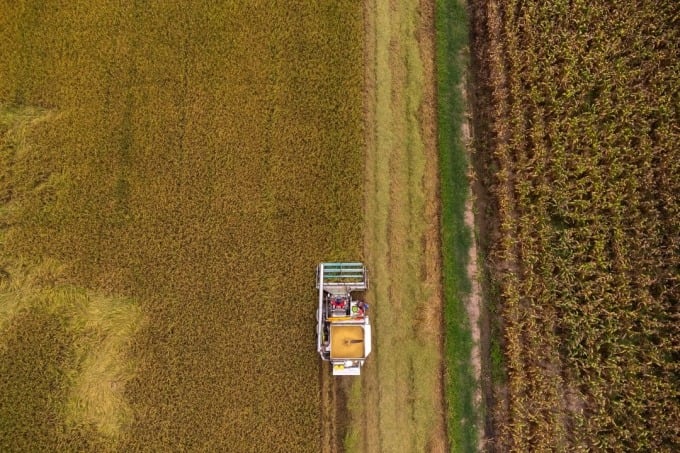
Farmers harvest rice in a field in Chai Nat (Thailand). Photo: Reuters
Experts say that instead of promoting agricultural research, government spending is stifling productivity. Many families are heavily indebted because they borrowed money to farm. The debt can even extend across generations.
The shrinking area of rice-growing land could reduce Thailand’s rice output, exacerbating food inflation. Food prices have been pressured by drought in major producing countries recently, affecting billions of people who rely on the staple food, said agriculture expert Somporn Isvilanonda.
“The rice area has decreased due to lack of rainfall and irrigation water,” Somporn said. The water shortage is expected to worsen next year, when El Nino strengthens, according to Thai government forecasts.
What millions of Thai farmers are seeing, however, is not just the current harvest, but a narrow window to escape a life of debt. If the harvest is good, they can earn double or even triple what they used to earn. “I’m dreaming about that, because India has stopped exporting,” Sripai said.
Thailand currently has one of the highest household debt rates in Asia. In 2021, 66.7% of farming households in the country were in debt, mainly due to farming-related activities, according to government data.
Sripai is paying back her debt at an annual interest rate of 6.87%. “We farmers are all in debt. We owe because of drought, floods and pests,” she said.
Thai Prime Minister Srettha Thavisin said last week that the government would seek to improve farmers’ incomes. “There will be a unified policy on water management, innovation to increase productivity, and finding new markets for agricultural products,” he said. Some loans will also be repaid over time.
However, "the extreme weather caused by El Nino will pose many risks to farmers. Rainfall this year is currently 18% lower than normal. Water reservoirs are only 54% full," said the Office of National Water Resources. Experts predict this will reduce rice yields and cause production fluctuations.
Half of Thailand's agricultural land is devoted to rice cultivation, with about 5 million households engaged in the activity, according to Krungsri Research.
Successive Thai governments have spent 1.2 trillion baht ($33.85 billion) to support rice prices and farmers’ incomes over the past decade, Somporn said. “But they haven’t done enough to boost productivity,” he said.
Despite high rice prices, “farmers have not been able to take advantage of the opportunity to grow rice,” Somporn said, estimating rice production will fall by 30% in the next two seasons due to water shortages.
Nipon Poapongsakorn, an agriculture expert at the Thailand Research and Development Institute, said that over the past decade, the country has “stuck in the rut of rice farming.” Investment in rice research has fallen from 300 million baht 10 years ago to 120 million baht this year.
“Our rice varieties are very old and low yielding,” he said. In 2018, Thai farmers produced 485 kilograms of rice per rai (a unit of area equivalent to 1,600 square meters), Nipon said. The figures in Bangladesh and Nepal were 752 kilograms and 560 kilograms, respectively. Thai farmers are only allowed to grow rice varieties approved by the government.
Experts say that in recent years, countries like India and Vietnam have invested heavily in research, surpassing Thailand in productivity and increasing their export market share. The average income of Thai farmers is also falling.
Sripai said that over the years, the challenges for them have only increased. But the current price is a rare opportunity.
“We just hope to get out of debt,” Sripai said.
Ha Thu (according to Reuters)
Source link


![[Photo] Prime Minister Pham Minh Chinh receives Mr. Jefferey Perlman, CEO of Warburg Pincus Group (USA)](https://vstatic.vietnam.vn/vietnam/resource/IMAGE/2025/4/18/c37781eeb50342f09d8fe6841db2426c)




![[UPDATE] April 30th parade rehearsal on Le Duan street in front of Independence Palace](https://vstatic.vietnam.vn/vietnam/resource/IMAGE/2025/4/18/8f2604c6bc5648d4b918bd6867d08396)
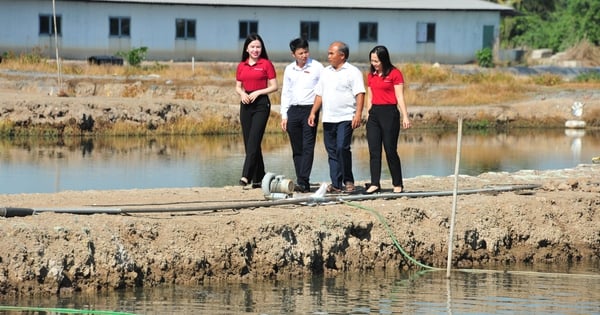

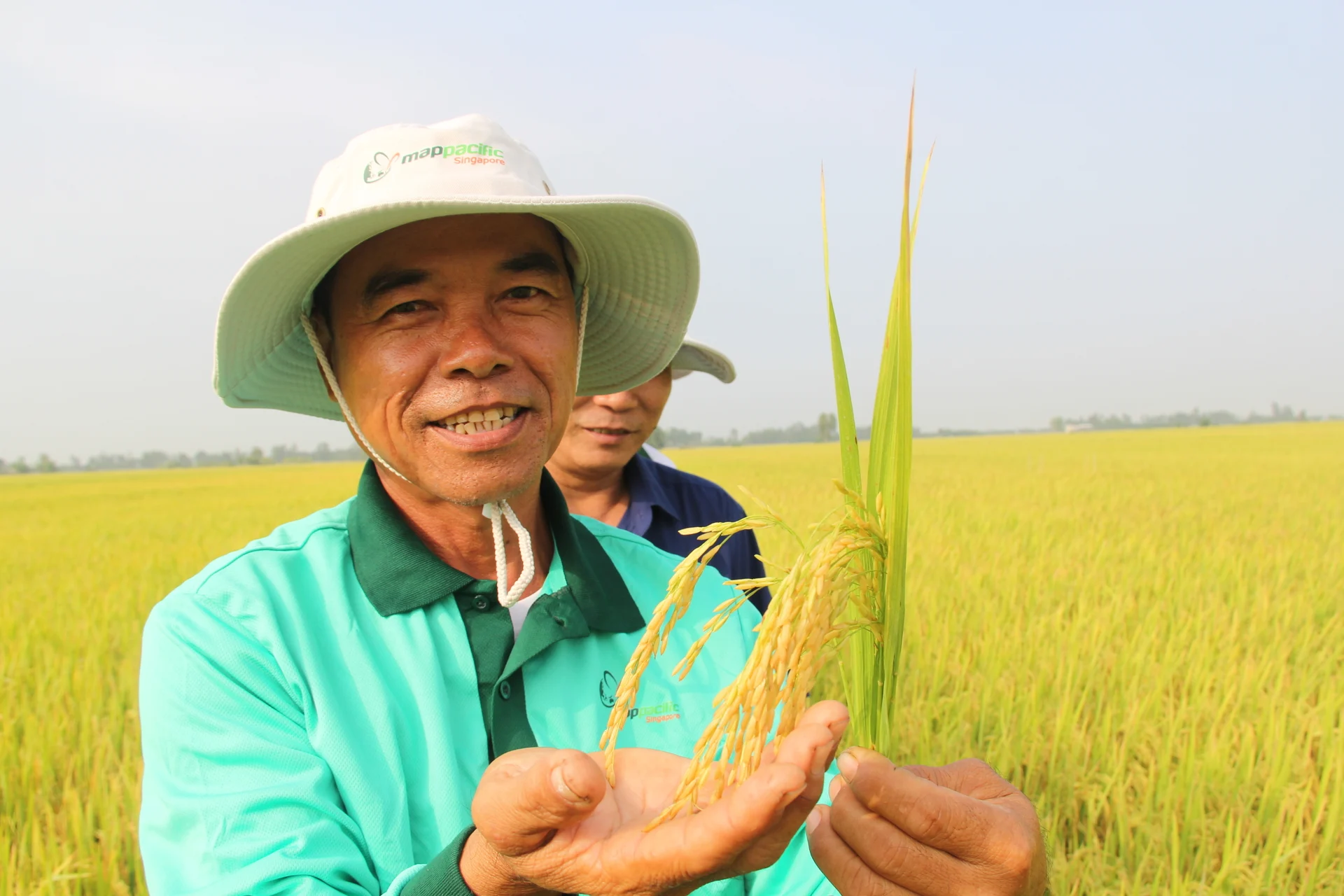

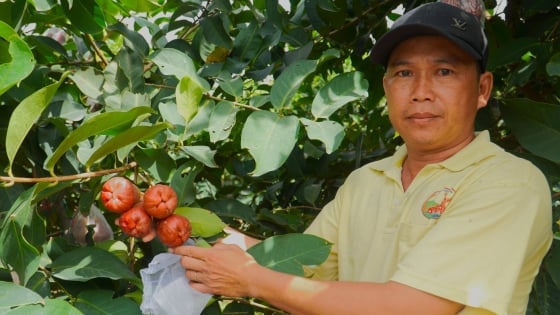

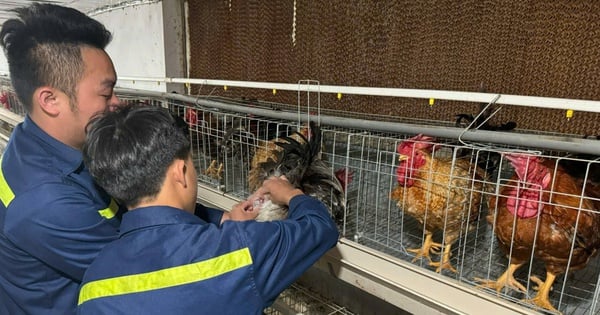
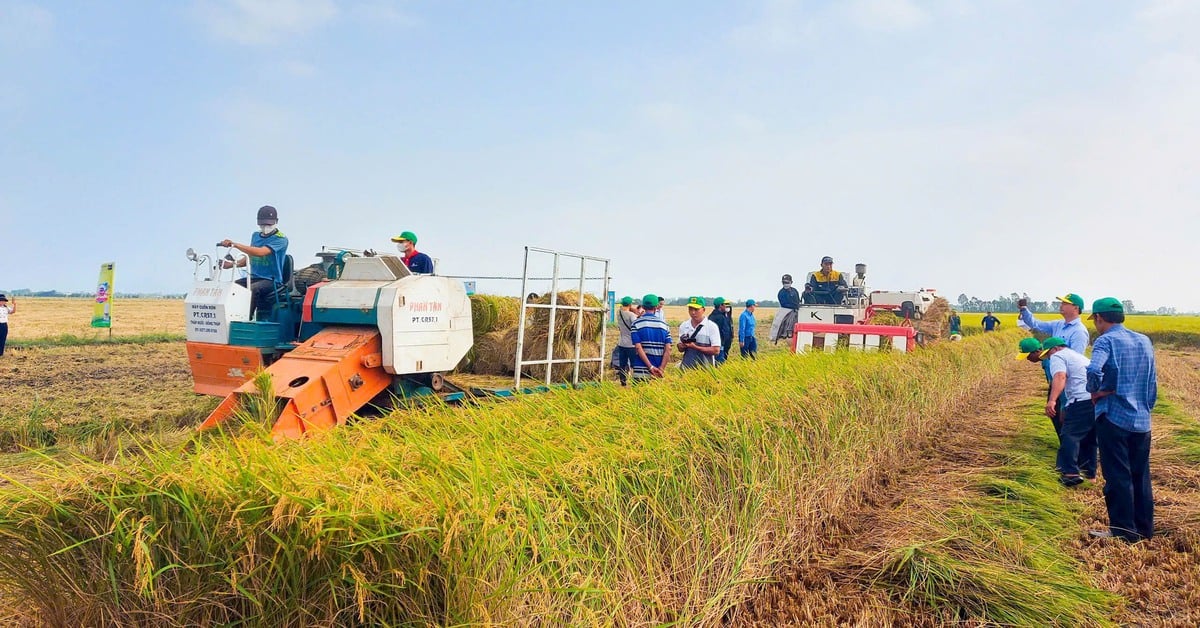

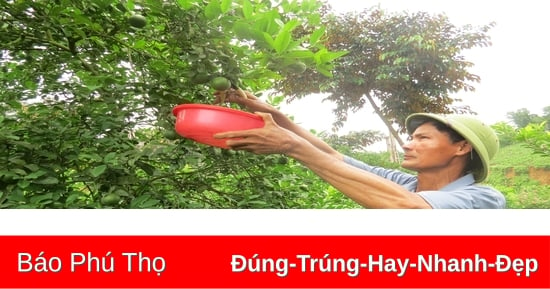

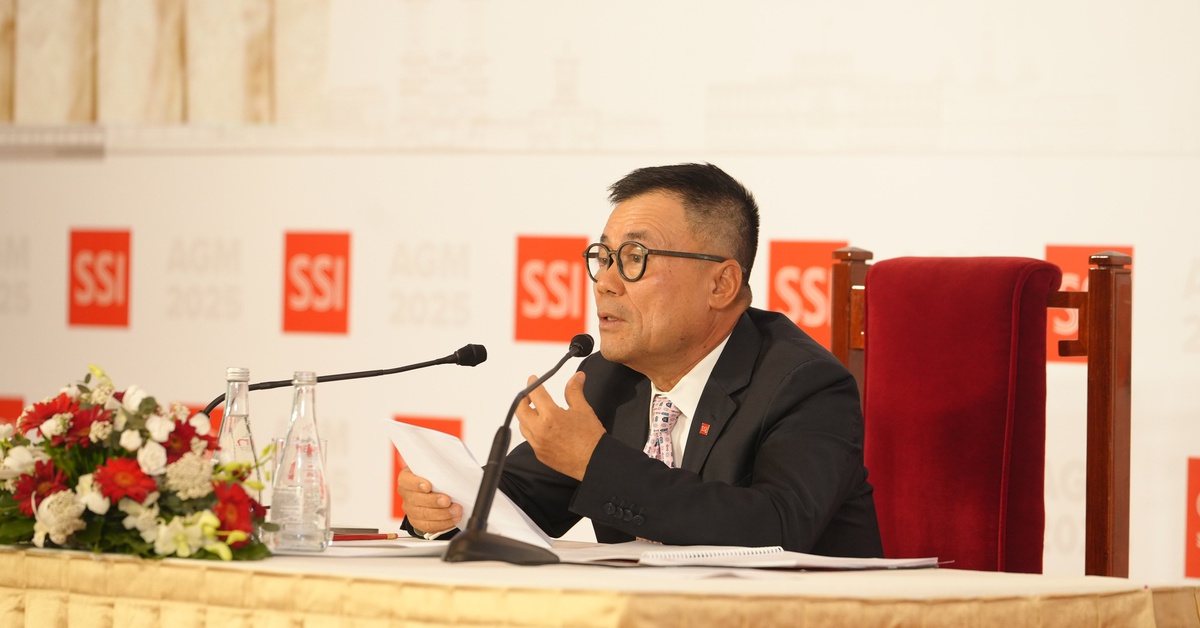
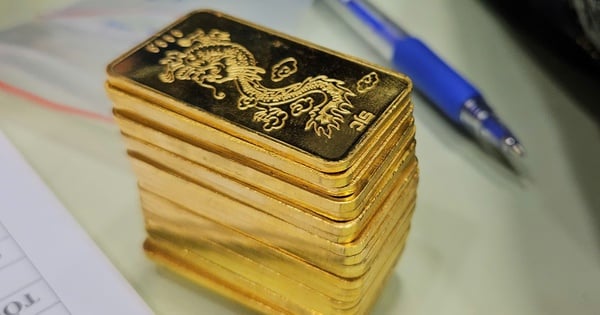
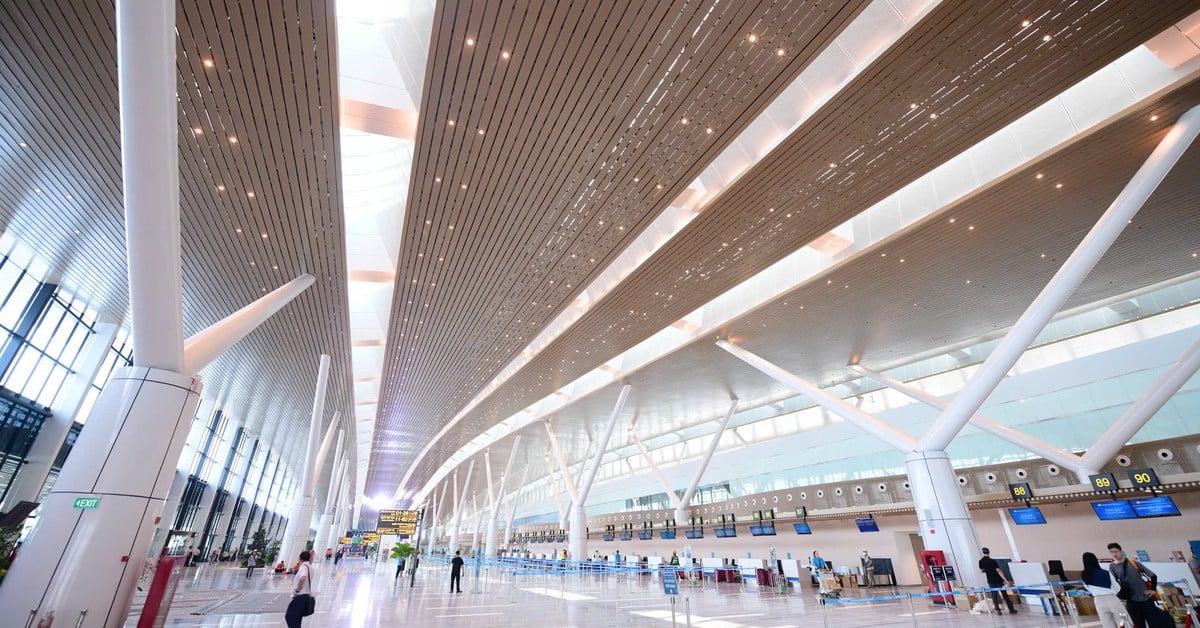


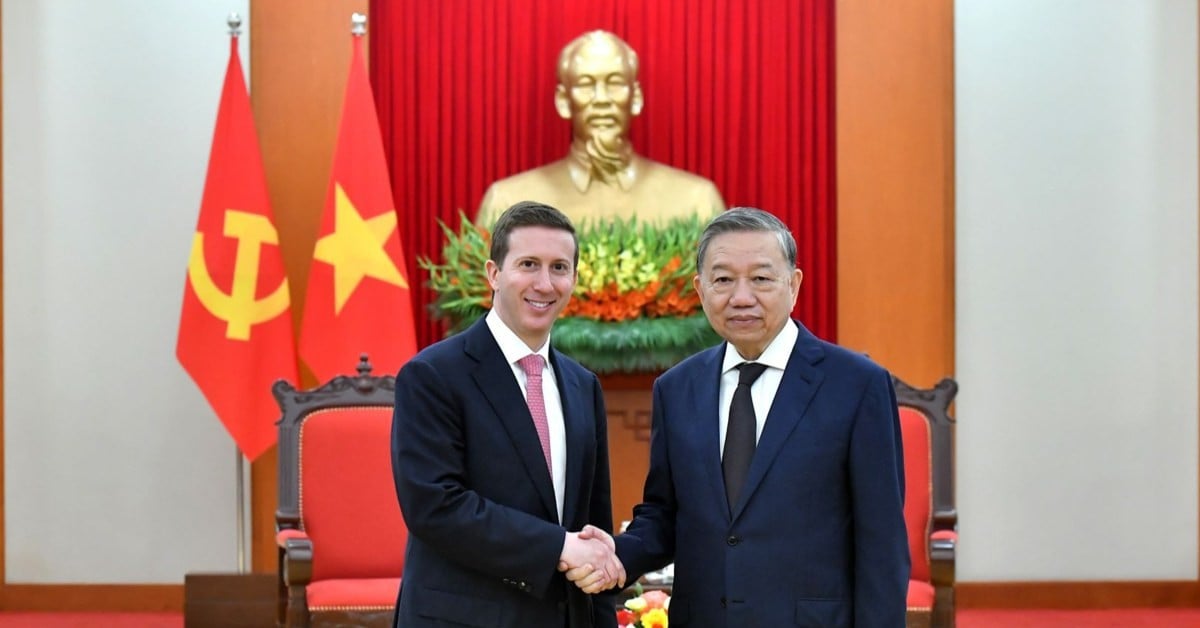




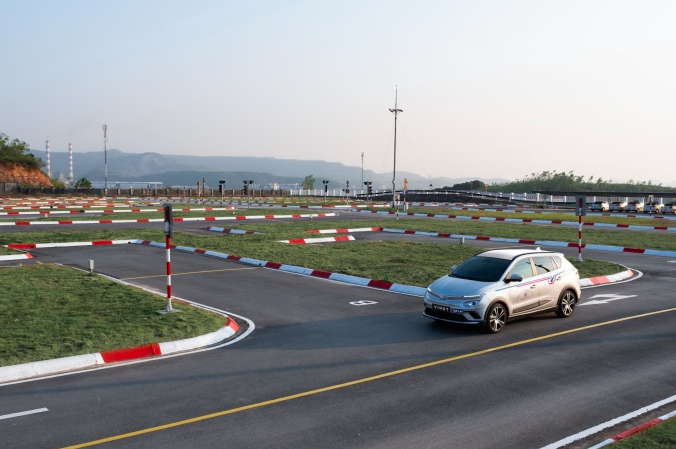
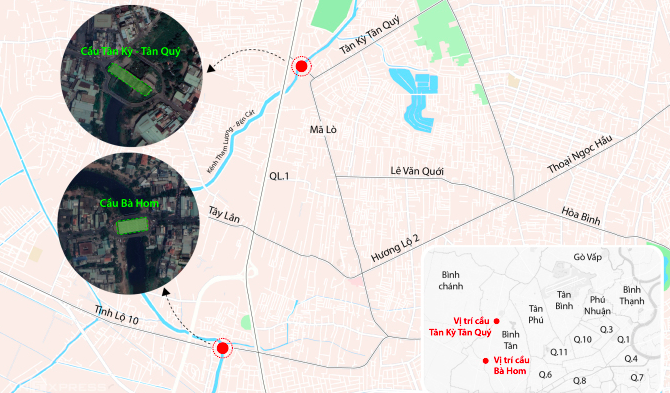





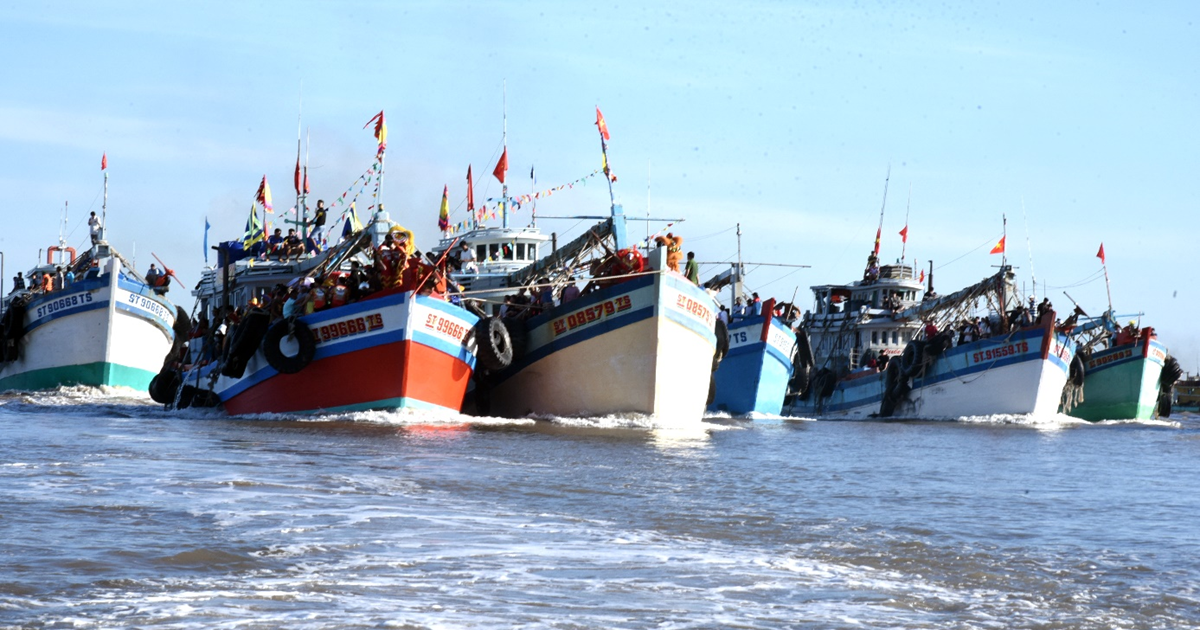


























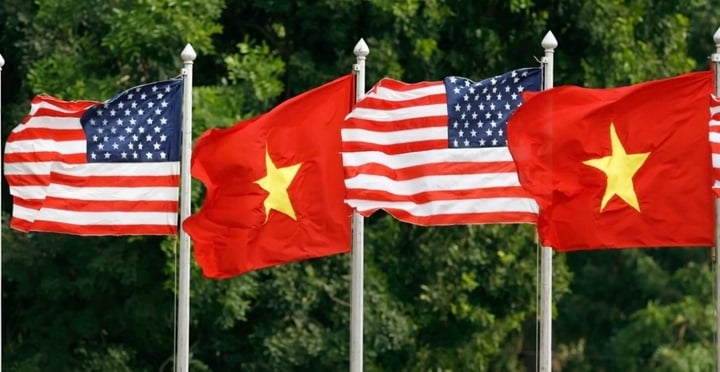


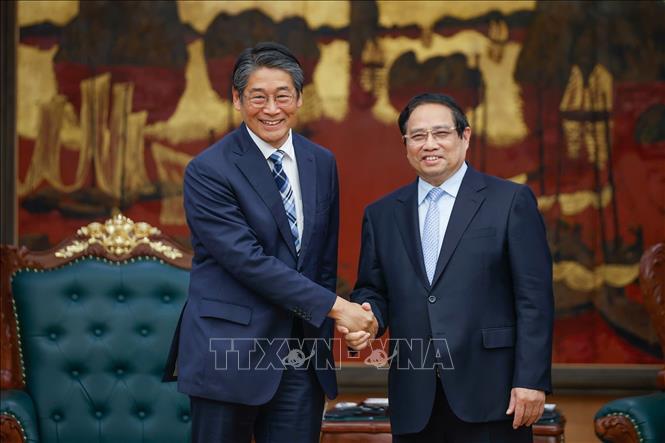



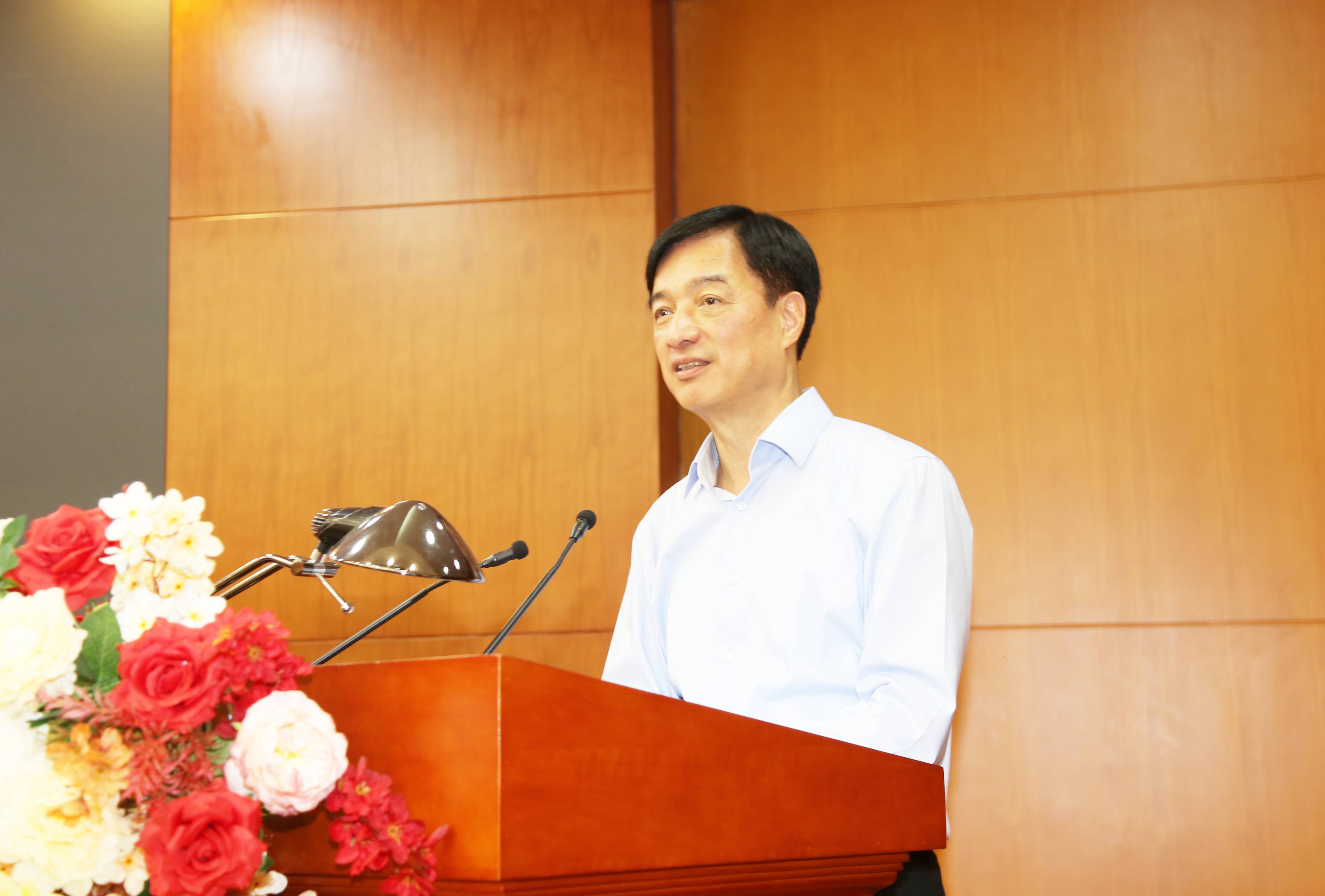







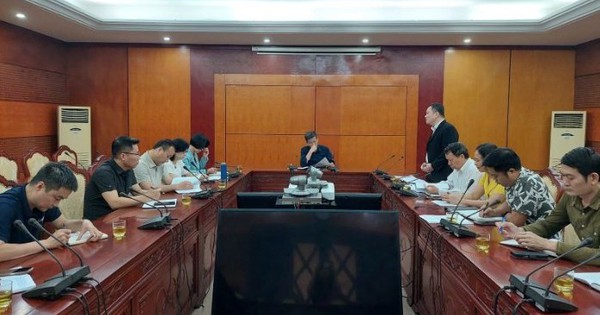







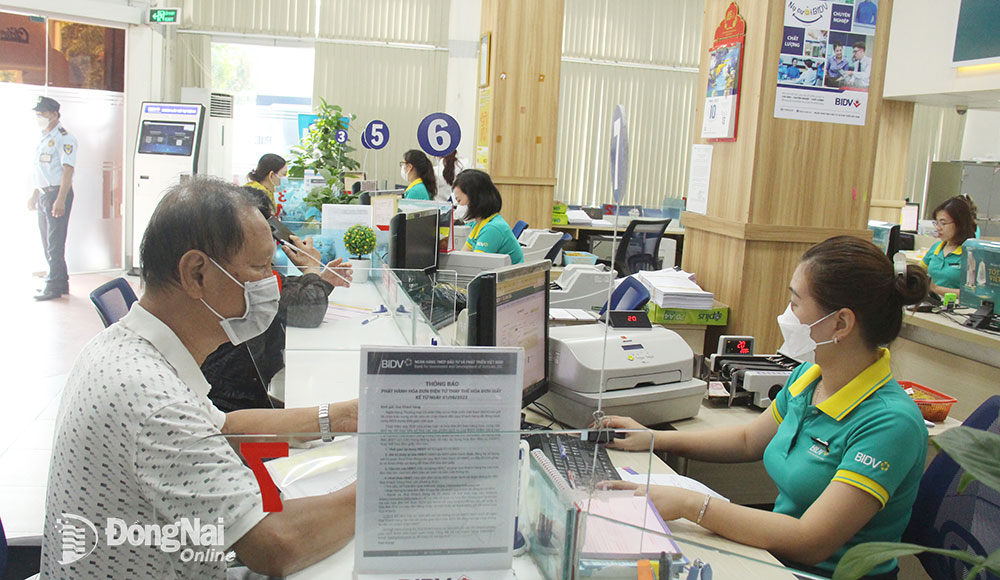












Comment (0)